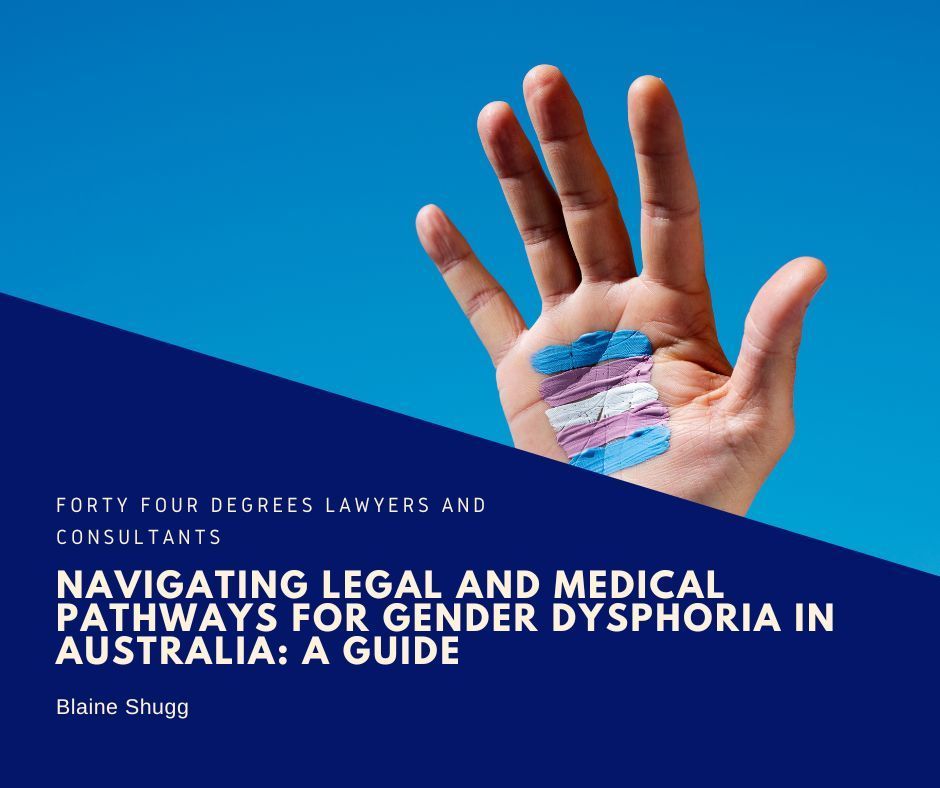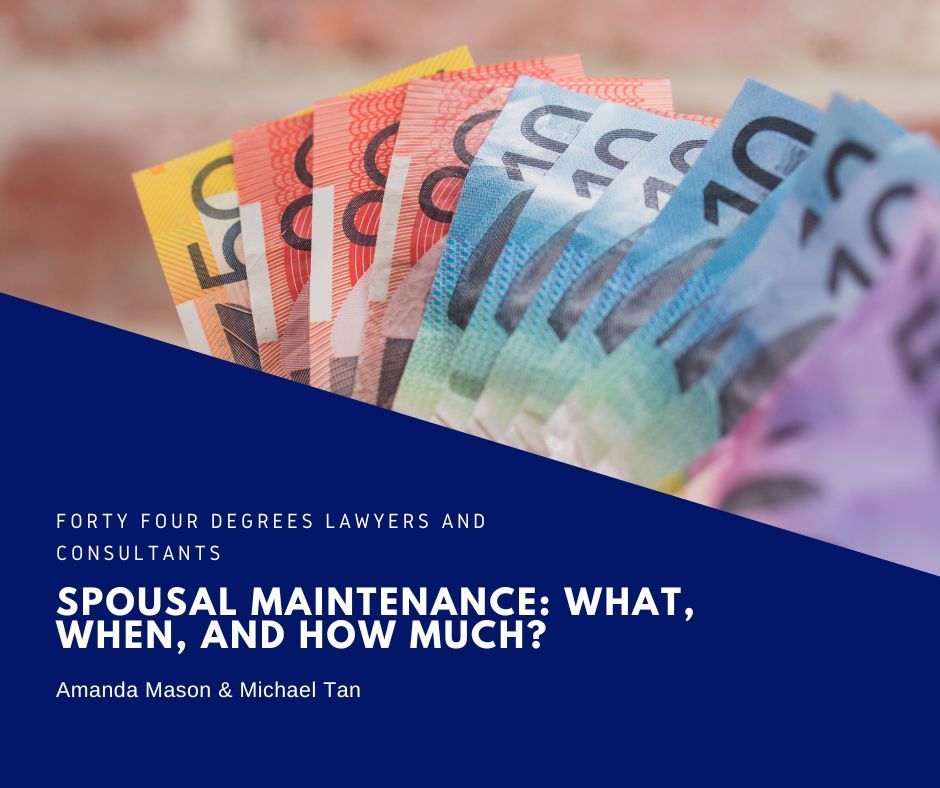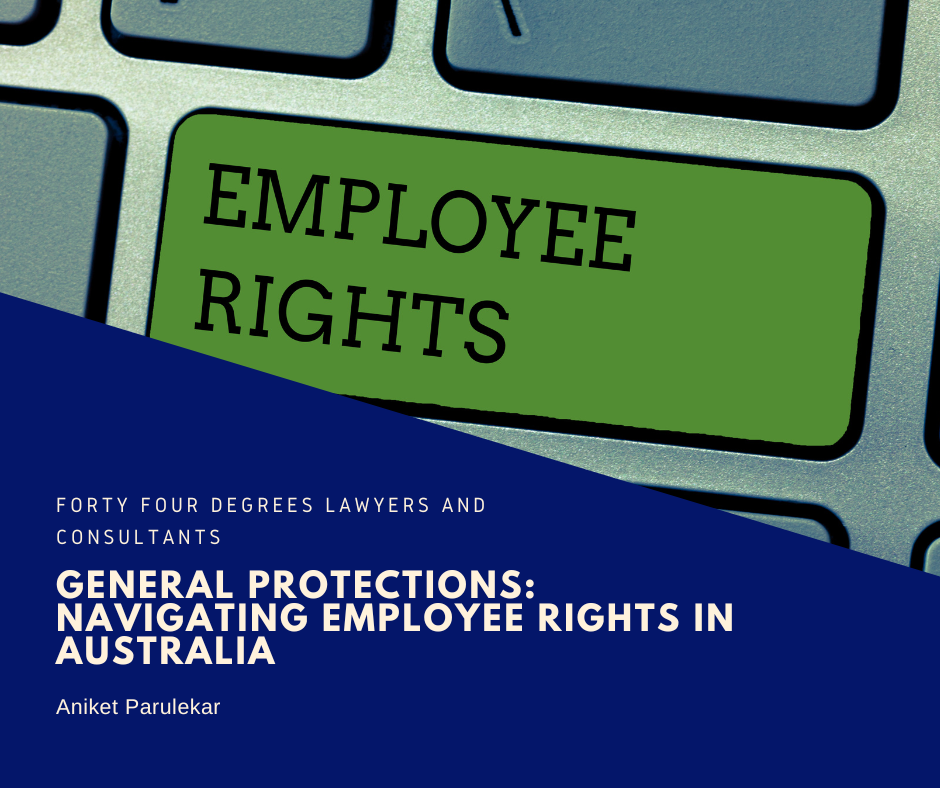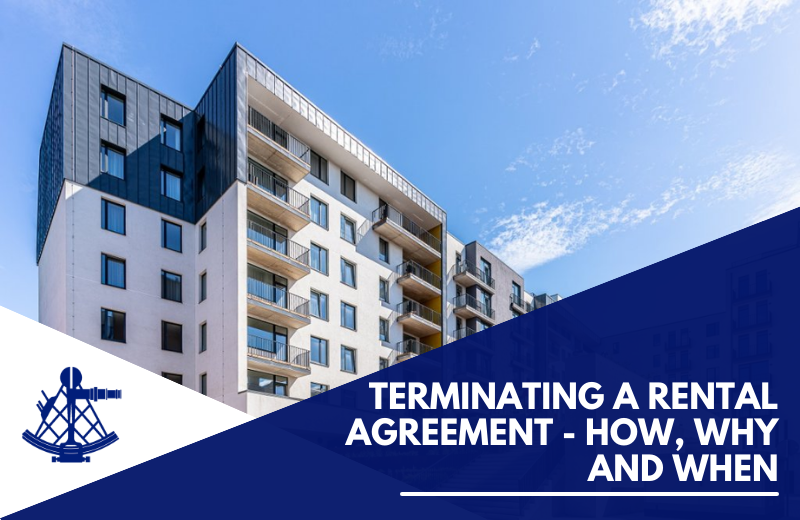Victorian Prisons
How do Prisons work in Victoria?

There are certain processes which must be completed before a final decision is made regarding the location an accused offender or convicted offender (“offender”) will be accommodated following their immediate detainment, their denied bail application, or the outcome of their court case.
The Corrections Victoria Sentence Management Panel determines the classification of an offender and their placement[1]; and in making these determinations, a sentence plan will be created.[2]
This classification process generally occurs within 14 days of an offender entering the prison system, or within 14 days of an offender receiving their sentence.[3]
A convicted offender’s prisoner's placement may be reviewed by the Review and Assessment Committee during their sentence. A review of a placement could result in a transfer.[4]
Classification
The priority of the Sentence Management Panel is to ensure the safety of all individuals, while also placing offenders into facilities with the lowest level of security that remains appropriate for their circumstances.[5]
To do this, the panel determines the 'security rating' of each offender; this rating is used to match the offender to an appropriate prison based on the potential security risk they pose.[6]
Classification Factors
When determining or varying an offender’s classification, the following may be considered:
- Nature of the relevant offence;
- Risk of escaping or attempting to escape;
- Risk of reoffending and its likely impact on the community;
- Any risk they pose to prison management, security, and good order;
- Any risk they pose to the welfare of themselves or others;
- Length of their sentence or the applicable maximum sentence; and
- Any other matter relevant to prison management, security and good order and safe custody and welfare of the individual.[7]
Placement
Placement refers to the location (generally a prison or centre) which will be accommodating an offender for a period of time.
The Sentence Management Panel will determine both:
- Intermediate location: location where offenders are placed whilst waiting to be transferred to their classified location.
- Classified location: location where offenders remain to address their needs and rehabilitate.[8]
Placement Factors
When creating a sentence plan (including their placement), the panel can consider:
- Their security rating and relevant risk factors
- Programs and processes to lower the risk of reoffending
- Any risk they pose to themselves or others
- Any drug or alcohol use or treatment
- Any prison or relevant institution history
- Any medical or psychiatric conditions
- Any physical limitations or disability
- Cultural background
- Relevant family issues
- Sentencing remarks
- Any transitional requirements to re-enter into the community (where appropriate)
- Any other matter relevant to prison management, security and good order and safe custody and welfare of the individual.[9]
Why are such factors considered?
- Safety of inmates, prison staff and the community
- Ensuring the rights of inmates
- Successful re-integration into society
- If appropriate, they will be transitioned from higher to lower security prisons during their sentence, where they can practice utilising skills that are useful upon release e.g., cooking, cleaning, vocational skills.[10]
If you, a friend, or family member would like to know more, have any questions, or require legal assistance. Please contact our criminal law team at Forty Four Degrees on 1300 892 237.
[1] Corrections Regulations 2009 (SR NO 40 OF 2009) (Vic) reg 23.
[2] Corrections Victoria, 'Prisoner placement', Corrections, Prisons & Parole (Web Page, 4 February 2022)
[3] Department of Justice and Community Safety - Corrections Victoria, AC 5 - Determining a prisoner's placement (Sentence Management Manual Part 2, 24 July 2018) 1.
[4] Corrections Victoria, 'Prisoner placement', Corrections, Prisons & Parole (Web Page, 4 February 2022)
[5] Department of Justice and Community Safety - Corrections Victoria, AC 5 - Determining a prisoner's placement (Sentence Management Manual Part 2, 24 July 2018) 1.
[6] Corrections Victoria, 'Prisoner placement', Corrections, Prisons & Parole (Web Page, 4 February 2022)
[7] Corrections Regulations 2009 (SR NO 40 OF 2009) (Vic) reg 25.
[8] Department of Justice and Community Safety - Corrections Victoria, AC 5 - Determining a prisoner's placement (Sentence Management Manual Part 2, 24 July 2018) 5.
[9] Corrections Regulations 2009 (SR NO 40 OF 2009) (Vic) reg 26.
[10] Department of Justice and Community Safety - Corrections Victoria, AC 5 - Determining a prisoner's placement (Sentence Management Manual Part 2, 24 July 2018) 11.
Contact Us
We’re an Australian Law Firm promoting a nuanced, personal touch. We have the skills you need to resolve your case quickly and with a positive outcome. Our straight talking team stays close to simplify what is most often a complicated process. We help individuals and businesses with technology and startup law, property law including conveyancing and leasing, commercial law, civil litigation, wills, estates, bankruptcy, insolvency, criminal law, and professionals facing investigations and charges from their regulatory body.
We have a connected network of talented lawyers in Melbourne CBD, Dandenong, Ballarat, and Ivanhoe East.
Fill out the form or call us on 1300 892 237.
We will get back to you as soon as possible
Oops, there was an error sending your message.
Please try again later or call us on 1300 892 237.










